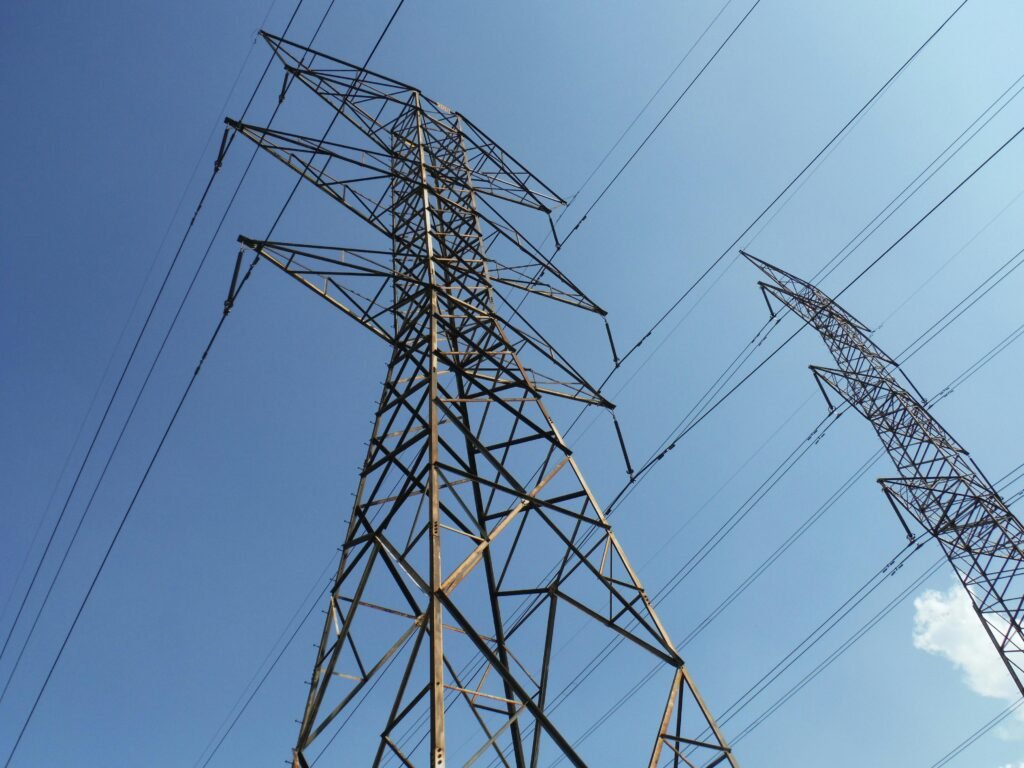Introduction
Energy-efficient HVAC (Heating, Ventilation, and Air Conditioning) systems are essential components of buildings, providing thermal comfort while minimizing energy consumption and environmental impact. This article explores the benefits, technologies, and considerations of energy-efficient HVAC systems in promoting sustainability and reducing operational costs.

Benefits of Energy-Efficient HVAC Systems
Reduced Energy Consumption
Energy-efficient HVAC systems optimize energy use by employing advanced technologies such as variable-speed motors, high-efficiency compressors, and intelligent controls. These systems consume less electricity or gas compared to conventional HVAC units, resulting in lower utility bills and operational expenses.
Environmental Sustainability
By reducing energy consumption, energy-efficient HVAC systems lower greenhouse gas emissions and contribute to environmental sustainability. They help mitigate climate change impacts and support global efforts to reduce carbon footprints associated with building operations.
Enhanced Comfort and Indoor Air Quality
Energy-efficient HVAC systems provide consistent and precise temperature control, improving thermal comfort for building occupants. These systems also incorporate advanced filtration and ventilation technologies to enhance indoor air quality by reducing airborne pollutants, allergens, and humidity levels.
Long-Term Cost Savings
While energy-efficient HVAC systems may have higher upfront costs than traditional systems, they offer significant long-term savings through reduced energy bills and lower maintenance expenses. Energy-efficient components often have longer lifespans and require less frequent repairs, contributing to overall cost-effectiveness.
Regulatory Compliance and Certification
Many jurisdictions incentivize or require energy-efficient building standards and certifications, such as ENERGY STAR ratings and LEED (Leadership in Energy and Environmental Design) certifications. Compliance with these standards enhances building marketability, tenant satisfaction, and regulatory compliance.
Technologies in Energy-Efficient HVAC Systems
Variable-Speed Motors
Variable-speed motors adjust fan speeds and compressor operations to match heating and cooling demands more efficiently. By modulating motor speed based on real-time conditions, these systems optimize energy use and minimize energy wastage associated with frequent cycling.
High-Efficiency Compressors
High-efficiency compressors utilize advanced refrigeration technology, such as scroll or rotary compressors with variable capacity, to achieve higher energy efficiency ratios (EER) and seasonal energy efficiency ratios (SEER). These compressors reduce energy consumption while maintaining optimal cooling performance.
Smart Thermostats and Controls
Smart thermostats and controls enable precise temperature management and remote monitoring of HVAC systems. These devices use programmable schedules, occupancy sensors, and predictive algorithms to optimize energy use based on occupancy patterns, weather forecasts, and building conditions.
Heat Recovery Ventilation (HRV) and Energy Recovery Ventilation (ERV)
HRV and ERV systems recover heat or coolness from exhaust air and transfer it to incoming fresh air, reducing the energy needed for heating or cooling. These ventilation technologies improve indoor air quality while conserving energy, making them ideal for tightly sealed buildings with limited natural ventilation.
Advanced Air Filtration
Advanced air filtration systems use high-efficiency particulate air (HEPA) filters, electrostatic filters, or ultraviolet (UV) germicidal irradiation to capture and neutralize airborne contaminants, including dust, pollen, mold spores, and bacteria. Improved indoor air quality supports occupant health and productivity.
Considerations for Energy-Efficient HVAC Systems
Building Design and Orientation
Optimizing building design, orientation, and insulation levels can reduce heating and cooling loads, allowing HVAC systems to operate more efficiently. Passive design strategies, such as shading, natural ventilation, and thermal mass, complement energy-efficient HVAC technologies to minimize energy demand.
Lifecycle Costs and Payback Period
Evaluate lifecycle costs, including upfront investment, operating expenses, maintenance, and potential energy savings, to determine the economic viability of energy-efficient HVAC systems. Consider the payback period and return on investment (ROI) when comparing system options and financing decisions.
Maintenance and System Optimization
Regular maintenance, such as filter replacement, coil cleaning, and system inspections, is essential to ensure optimal performance and energy efficiency of HVAC systems. Implement proactive maintenance schedules and monitor system performance to identify and address inefficiencies promptly.
Building Occupancy and Usage Patterns
Understand building occupancy schedules, usage patterns, and thermal comfort preferences to optimize HVAC system operation. Use occupancy sensors, zoning controls, and setback strategies to adjust heating and cooling levels based on real-time occupancy and seasonal variations.
Training and Occupant Awareness
Provide training to building operators and occupants on energy-efficient HVAC system operation, maintenance practices, and energy-saving behaviors. Engage occupants in energy conservation initiatives and encourage feedback to enhance system performance and occupant comfort.
Future Trends in Energy-Efficient HVAC Systems
Integration with Building Automation Systems (BAS)
Integration with BAS enables centralized control, data analytics, and predictive maintenance for HVAC systems. Advanced algorithms and machine learning optimize energy use, diagnose system faults, and prioritize energy-saving measures in real-time.
Smart Grid Integration and Demand Response
Smart grid technologies enable energy-efficient HVAC systems to participate in demand response programs. These systems adjust operation based on electricity prices, grid conditions, and renewable energy availability, supporting grid stability and reducing peak demand.
Zero Net Energy (ZNE) Buildings
ZNE buildings achieve balance between energy consumption and renewable energy generation over a specified period. Energy-efficient HVAC systems play a crucial role in achieving ZNE goals by minimizing energy demand and maximizing onsite renewable energy utilization.
Emerging Refrigerants and Sustainable Materials
Research and development focus on environmentally friendly refrigerants with low global warming potential (GWP) and sustainable HVAC materials. Innovations in refrigerant technology and materials science improve system efficiency, reliability, and environmental sustainability.
Conclusion
Energy-efficient HVAC systems are integral to sustainable building practices, offering benefits such as reduced energy consumption, enhanced comfort, and long-term cost savings. By incorporating advanced technologies, optimizing system design, and promoting energy conservation, buildings can achieve higher performance standards while supporting environmental stewardship and occupant well-being. Continued innovation, regulatory support, and industry collaboration are essential to advancing energy-efficient HVAC solutions and achieving a resilient, low-carbon built environment for future generations.